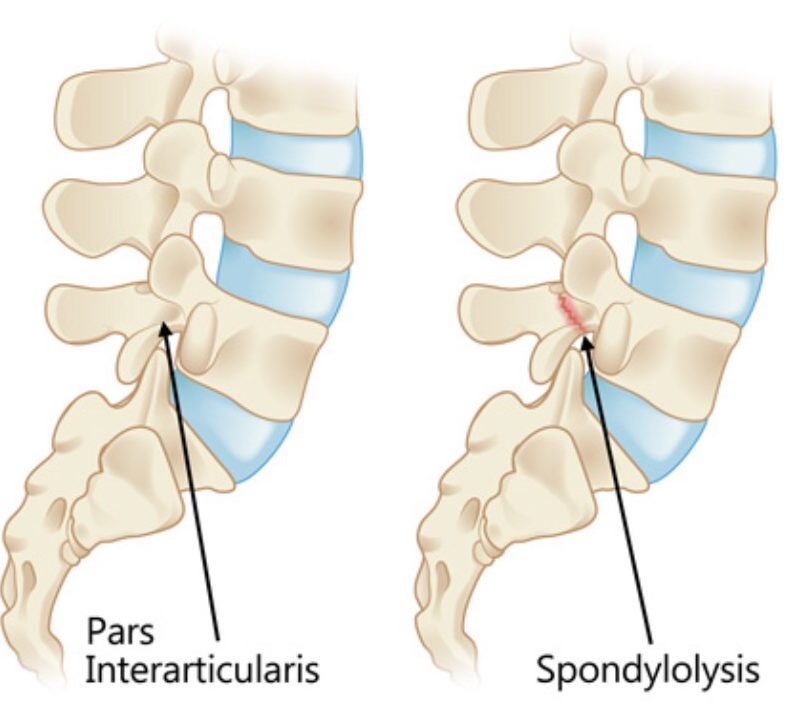

Results: Estonian clinical guidelines had similar recommendations with the other guideline as to their diagnostic and treatment methods but were different in the use of imaging and referrals to specialists. Data from the Estonian Health Insurance Fund for 2011– 2019 of patients diagnosed with low back pain was used to calculate the direct cost of LBP in Estonia. Methods: A literature review comparing the clinical guideline for LBP in Estonia with three other countries, a retrospective registry-based cohort study, and semi-structured interviews were used in this study. Aim: The aim of this thesis is to compare the clinical guidelines of Estonia, the USA, and the United Kingdom and to analyse the implications of the new clinical guideline for the diagnosis and treatment of low back pain in Estonia. With the new clinical guideline for low back pain in Estonia, there is a need to find out what changes it brings. The lumbar maturity stage progresses from L5 toward L1, and the apophyseal and epiphyseal stages would replace the cartilaginous stage at approximately 14 years of age or after APHV.īackground: Low back pain has been described to be a symptom rather than a disease which like many other symptoms can have a lot of causes that are a common health problem in both developed and developing countries. The lumbar maturity stage was attained toward L1 from L5, comparing different lumbar levels. L5 matured earlier with the apophyseal stage than L1 to L4 (p < 0.05). We found that part of the cartilaginous stages decreased as time progressed, while that of the apophyseal and epiphyseal stages increased at L1 to L5 (chi-square test, p < 0.01). For the apophyseal stage, developmental age calculated based on the difference between APHV and chronological age between each lumbar vertebra was compared. The relationships between T1 and T5 temporal changes and developmental stages divided by 0.5 year increments based on APHV and the lumbar maturity stage at L1 to L5 were examined. The lumbar maturity stage was assessed according to the degree of lesion of the epiphyseal from L1 to L5 using magnetic resonance imaging and classified into three stages: cartilaginous stage, apophyseal stage, and epiphyseal stage. This study aimed to clarify the order of the lumbar maturity stage, each at L1 to L5, and the relationships between age at peak height velocity (APHV) and the lumbar maturity stage.Ī total of 120 male first-grade junior high school soccer players were enrolled and followed for two years, and measurements were performed five times (T1 to T5).


 0 kommentar(er)
0 kommentar(er)
